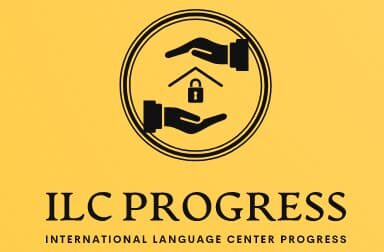Contrary to common perception, technical translations are not limited to specialized industries such as engineering or manufacturing. Virtually all companies have technical documents, including manuals and product catalogues, which require the experience of specialized professionals for precise composition. Its accurate translation is crucial to ensure the effective and safe use of products and services.
To achieve optimal results and ensure accurate, clear and market-adapted communication, it is imperative to consider the unique characteristics of technical translations. Identifying the key attributes required in a translator is essential to delivering texts that accurately convey meaning and resonate with the target audience.
Various types of technical documents
The technical specialization covers a wide range of informational texts. Documents requiring technical translation include:
- Manuals (installation, use, maintenance, safety, etc.)
- Product catalogs, data sheets and product specifications.
- Software interfaces, web applications and proprietary platform content.
- Content related to regulations and standards (e.g. GDPR, certifications, etc.)
- Training materials
- Support information and online assistance
- Terms and Conditions
- Promotional brochures and advertising materials.
- Corporate videos
This broad field often intersects with business or marketing translations. Despite this variety, each document requires a specific adaptation. Common considerations guarantee a clear understanding within the Spanish market.
Understanding the target audience in technical translations
Considering the target audience is essential in technical translations. Translating a safety manual for construction workers differs significantly from translating a product catalog for B2B customers or localizing a platform interface for end users. The adaptation of style, formality and explanation of technical terms depends on the level of specialization of the audience.
Accurate information transmission
To ensure clarity and avoid confusion, in addition to precise terminology and an adapted style, texts must be simple, clear, objective and attractive. It is crucial to have native fluency in the target market, along with deep sector knowledge, specific jargon and understanding of the target audience. Information compliance, fidelity to the original and communication of:
- Security
- Professionalism
- Relevance
- Interest
Avoiding translation errors is essential to avoid incidents and misunderstandings, which could generate additional costs. Maintaining clear, specific and consistent style attributes in technical texts ensures effective communication.
Technical text style
Technical translations typically use a formal style and neutral tone, conveying information objectively and completely while remaining consistent with the brand voice. The technical texts must be:
- Clear: free of ambiguity to avoid confusion
- Specific: precise and lacking generalizations.
Preserving these attributes ensures the effective transmission of information to the Spanish market, reflecting the dedication invested in the development of original technical documentation.
The experience of technical translators
Technical translators have specialized knowledge beyond language proficiency, delving into specific thematic fields to deliver optimal results. Thanks to my extensive experience, I, for example, have a degree in Environmental Sciences and worked for four years as a product application engineer in the photovoltaic sector. I have also coordinated business management projects in the environmental sector and have more than five years of experience translating technical documentation from various fields:
- Energy and environment
- Industrial and business management.
- Trade, distribution and logistics.
- Technology, IT and cybersecurity
- Compliance and data protection
Additionally, professional technical translators:
- Possess in-depth knowledge of specific terminology in both the source and target languages.
- Demonstrate the ability to simplify complex concepts for clear communication.
- Conduct extensive research to ensure accurate translation solutions within the context.
- Use specialized tools to maintain consistency and precision in the texts.
- Stay up to date on developments within your fields of expertise.

Adaptation of technical document formats
The various formats of technical documents require additional considerations beyond linguistic translation. For example:
- Paper documents, such as manuals and brochures, require careful attention to layout to avoid post-printing errors.
- Training content and proprietary digital platforms require a focus on user experience and image integration.
- Demonstrative videos must take into account duration and synchronization with other audiovisual elements.
Navigating technical terminology
Technical translations are riddled with field-specific terminology that is not commonly found in everyday language. Each field has its own technicalities and jargon, often established by official bodies such as UNE, DIN, BSI, ISO and CEI. Additionally, companies have their own terminology, which requires translators to apply specific adaptations for each client while maintaining consistency with the brand voice.
Ensure accuracy and consistency
To achieve specificity and clarity, it is essential to find appropriate equivalents in the target language. This task can be challenging for non-specialized translators, but becomes natural with experience and understanding of the nuances of the source text. Continuous training keeps translators up to date with new terms and technical developments, ensuring accuracy without compromising deadlines.
Consistency in terminology and style improves understanding and usability of content. Inconsistencies can lead to confusion, especially in technical documentation or user interfaces. Therefore, maintaining uniformity in terminology and style is paramount, ensuring fluid communication across all platforms.
